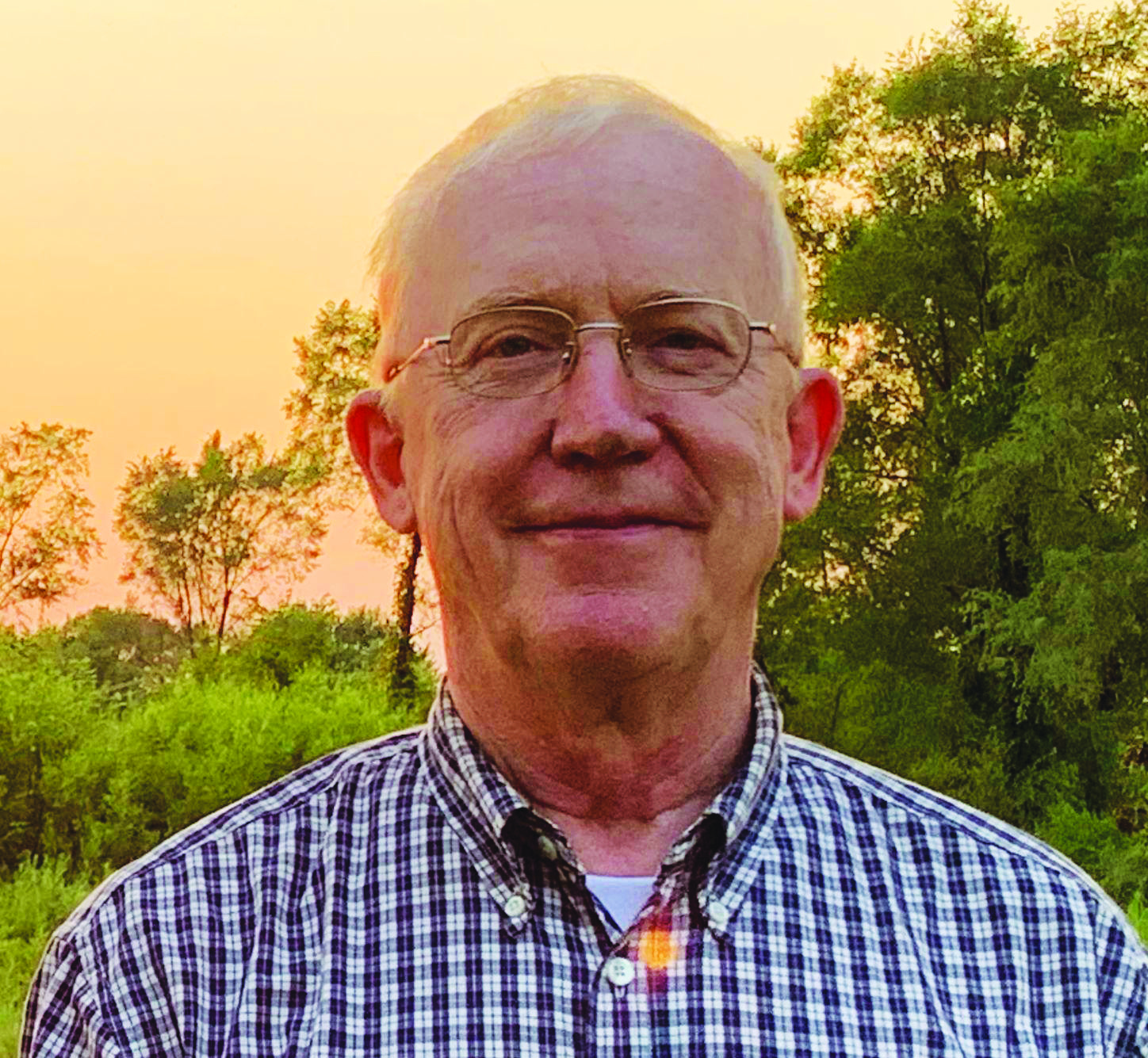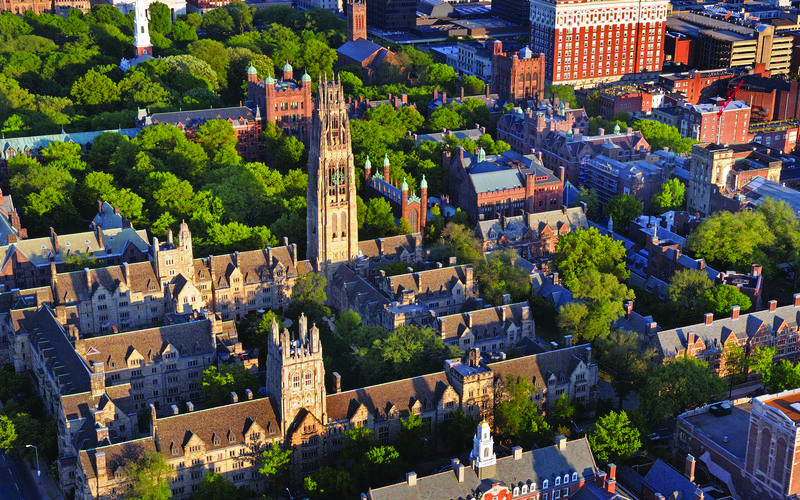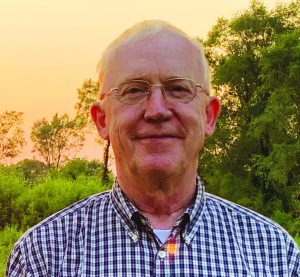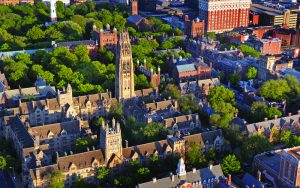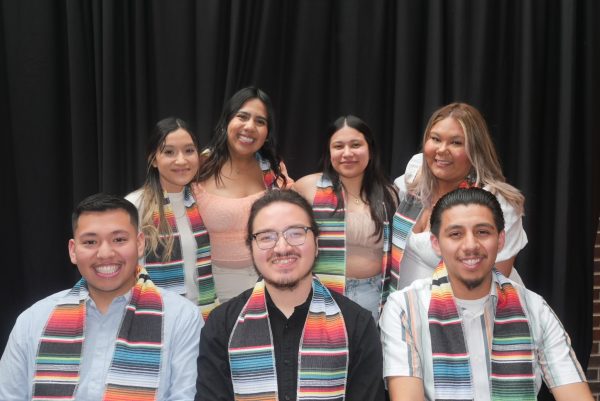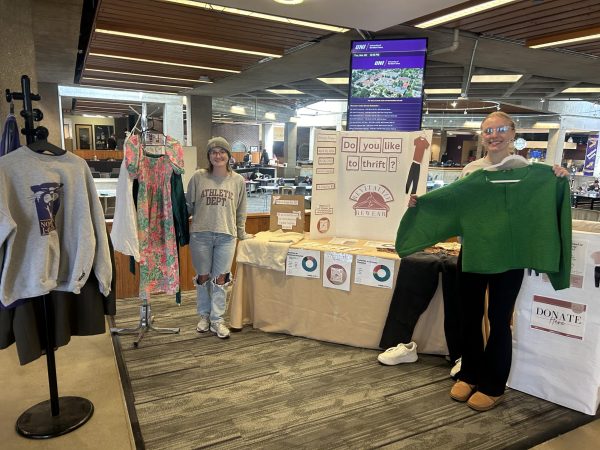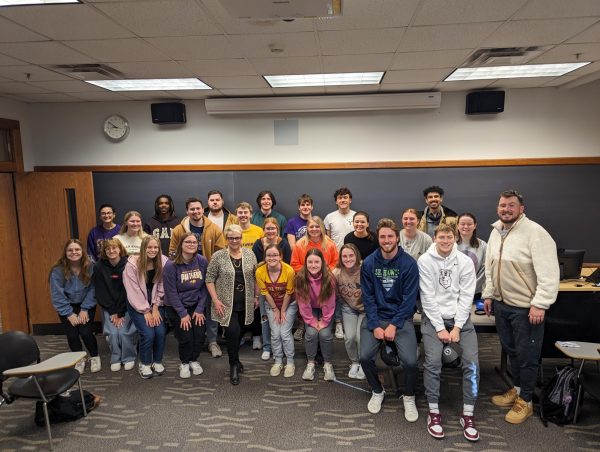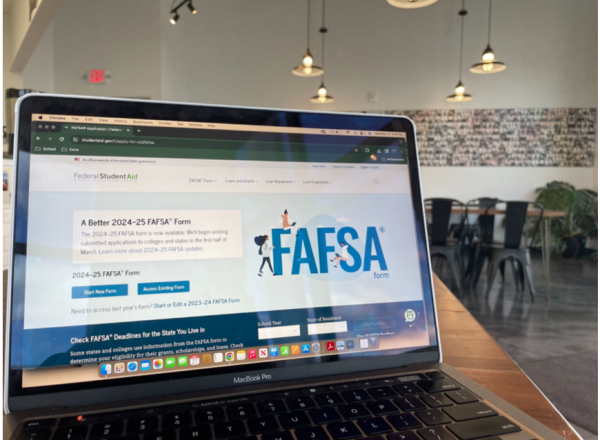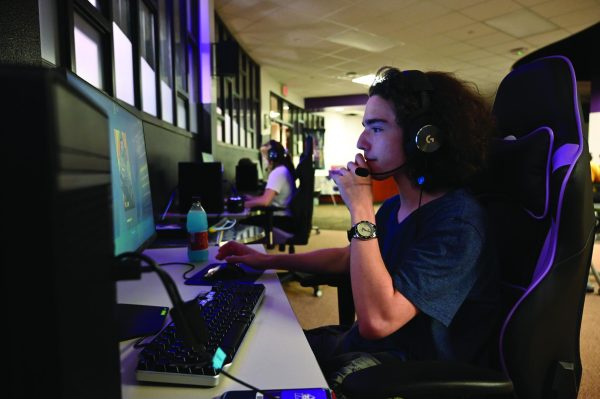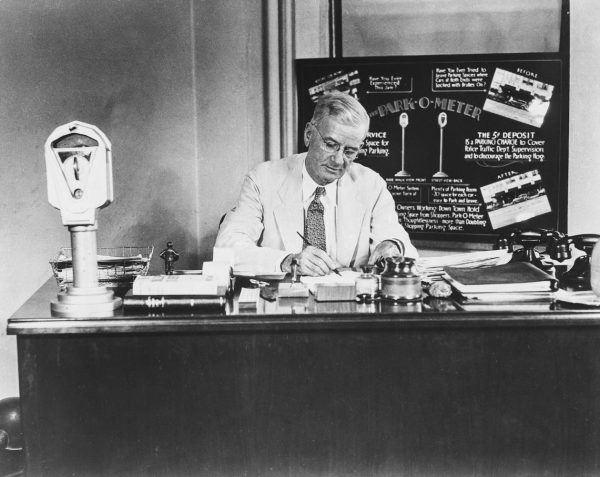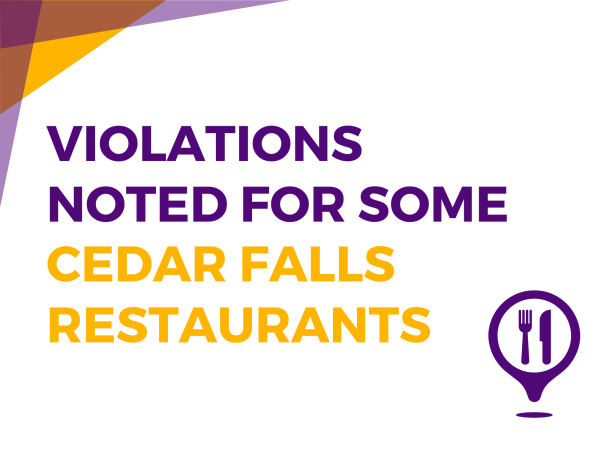Professor receives appointment at Yale
Mar 28, 2022
History professor Reinier Hesselink has been invited to teach graduate classes at Yale for the 2022-23 school year
As students have returned to campus to complete the second half of spring semester, professors are gearing down as summer closes in. Many new classes and degree paths are set for the next fall semester, but for one professor a change of scenery is on the horizon. Long time history professor, Reinier Hesselink, Ph.D, has been invited to teach graduate classes at Yale in the 2022-23 school year. He will be leaving for a new setting after teaching at University of Northern Iowa twenty-seven years.
“I was invited by the Whitney and Betty MacMillan Center of International and Regional Studies at Yale, because the faculty members of its Council for East Asian Studies, which is among the three or four most advanced institutions for the study of Japan in the world, had voted last December [2021] to invite me for one year,” Hesselink commented on his upcoming engangemet at Yale.
Yale’s Council for East Asian Studies mission “has been to support scholarship of the highest level across the humanities and social sciences, and to facilitate deeper understanding of the region at Yale and beyond.”
Hesselink explained the credentials of his appearance at Yale, “The invitation specifies that I will teach two graduate seminars, one in the Fall of 2022 and one in the Spring of 2023. Further, I am also to do research in my specialty, i.e. the history of the Japanese city of Nagasaki’s relationship with the outside world since the 16th century.”
Hesselink has published two books pertaining to his interest in Japanese history, “The Dream of Christian Nagasaki: World Trade and the Clash of Cultures, 1560-1640,” in which he received a fellowship from the National Endowment for Humanities. His other book, “Prisoners from Nambu: Reality and Make-Believe in 17th-Century Japanese Diplomacy,” was published in Japanese and Dutch.
“Yale will provide me with an opportunity to pull together different lines of research on aspects of the city that I have been engaged in for the past 35 years, and make these into a new book, the second volume in a projected trilogy on Nagasaki,” Hesselink disclosed.
While Hesselink is well versed in the world of Japanese History, he believes visiting Yale will transform the ways he has previously experienced Academia.
“Teaching at Yale will give me a tremendous opportunity to expand my horizon of the world of American academia, in which I only have the direct experience which I acquired at the University of Hawai’i in Honolulu (where I received my Ph.D) and at UNI (where I received my first academic appointment),” Hesselink said.
With his last semester before his time away coming to a close, Hesselink sums up his thoughts on his upcoming move.
“What will be the biggest take-away from my journey East? If I could answer that question I would be able to predict the future. However, I am in the business of studying the past. The present and the future are always a surprise to me.”


